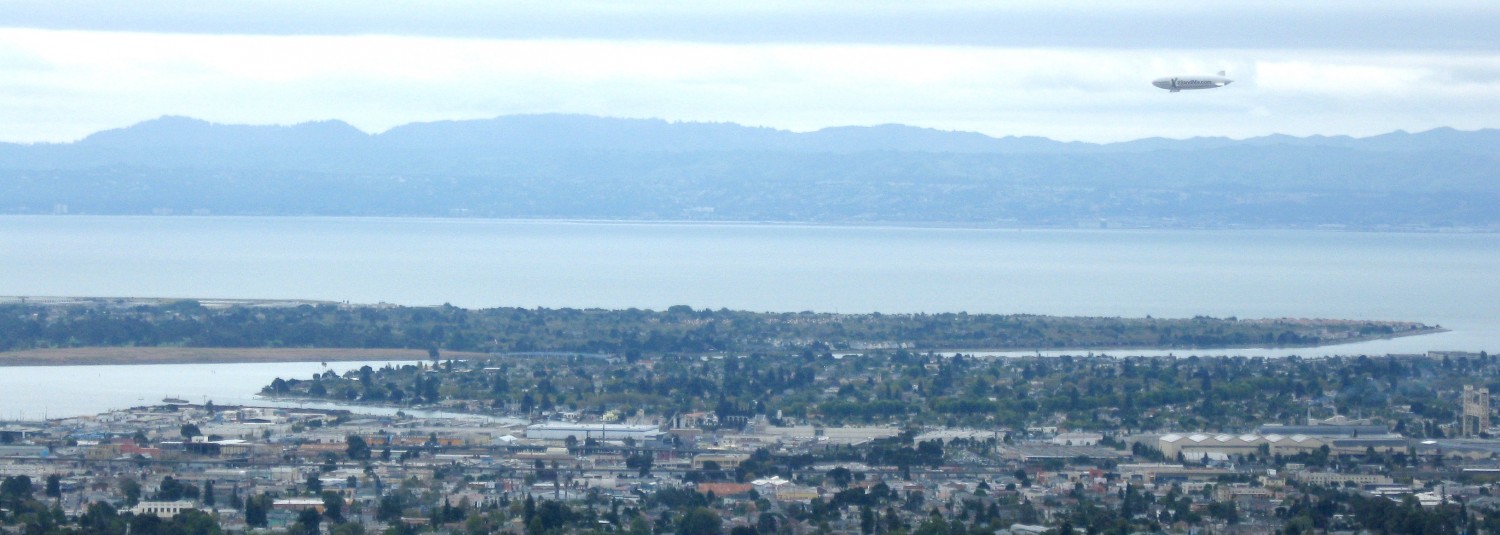San Francisco Ballet: Program 2
January 3, 2022 War Memorial Opera House, San Francisco
“Caprice” (Tomasson): “In the Night” (Robbins): “Blake Works” (Forsythe)
Moving Right Along…
The history of ballet, as we know it, goes back at least five centuries. Although scholars will disagree, many concede that Catherine de Medici, an Italian by birth, later Queen of France, brought the pageantry of ballet to the court.
Modified over the centuries by the French, Russian and ultimately, American ballet masters, we continue to see its basic characteristics: symmetry, aerial movement (jumps, lifts, etc.) “pas de deux” (interludes for couples) and mass (often uniform) movement by groups (corps de ballet). (See: Kirstein: “Dance A Short History”)
The 20th and 21st century has brought choreographic modifications including gestures from social dance forms, multiple rhythms and change in group formations. Still, the older patterns remain, and although often gloriously performed technically, they do not enliven the viewing after many repetitions.
Such concerns are visible in both Tomasson’s “Caprice” which opened Program 2 and Forsythe’s new piece “Blake Works”. “Caprice” has four movements each featuring a “pas de deux’. The first was performed by Misa Kuranaa and Angelo Greco: the second and fourth by prima ballerina Yuan Yuan Tan and partner Luke Ingham. The “Trio” provided variation. As the ‘center’ of the work it was danced by Misa Kuranaga, Angelo Greco and Luke Ingram.
Although Tomasson’s notes tell us that he urged the dancers to “enter with more abandon” and “enjoy” (the music is joyous), nevertheless the “neo-classical” tradition, the repetition of ‘side-to-side’ spacial structure and the dominate execution of lifts (right side up and even upside down!) make for both rhythmic and visual monotony. The soloists are in white: the ‘corps’ in vague beige costumes. Since the dancers are all technically brilliant “Caprice” succeeds.
“Blake Works”, Forsythe’s premiere piece is costumed in light blue. He is able to bring rhythmic variations to James Blake’s seven songs “The Color of Anything”. Ayman Harper staged the piece for SF Ballet saying he enjoyed ‘seeing the dancers rifting musically off one another.” He adds, “What I value so much about Bill’s work is that it lives and breathes.” Nevertheless, the work stays true to its ballet vocabulary, its group staging and its ‘pas de deux.” The dancers add an occasional ‘wrist-drop” hip wiggles and some off-beat travel but return to the customary skilled solos.
There is a good rapport among the dancers; they enjoy what Forsythe provided. The featured dancers were: Sasha De Sola, Jennifer Stahl, Julia Rowe, Joseph Walsh, Aaron Robison, Max Cauthorn. They are all skilled and delightful. The score, the songs are wonderful. Audiences can look forward to seeing further February, 2022 performances of “Blake Works”.
“In the Night”, Danced by three couples, to piano accompaniment (played by Mungunchimeg Buriad), Jerome Robbins brings his 20th century choreographic skill to Chopin’s Piano Nocturnes.(Nocturnes OP. 27, NO. 1; OP. 55, NO.1 & 2; OP. 9, NO. 2.)
Robbins came to the NYCity Ballet during and after a career in musical theater and show ‘biz’. Born in New Jersey and living in NYC during most of his lifetime, he absorbed many styles of the. ’30’s and ’40’s and by 1947 asked Balanchine if he could work at NYC Ballet.(See Jowitt. “Jerome Robbins: His Life, His Theater, His Dance”.)
He had studied ballet early in life and returned to it to choreograph many important and unusual works. “In the Night “(1970) follows an earlier Chopin work, “Dances at a Gathering.”(1969)
“In the Night” is a ballet for three couples. The first appears to be for a young couple, playful and delighted in their skills and relationship. The second is more formal; their movements are precise, careful danced almost with disregard for one another. (The man’s suggested military uniform adds to the aloofness.) The third couple is wild; intense with one another and then in total disregard. At one point she throws herself at his feet! Is it an apology? It is a reconciliation.
Robbins choreography for each couple is unique, and although there are lifts and solo interludes, the material is fresh and dramatic for each. We know them and their “stories” as if they were told. Robbins often uses the long diagonal spaces from upstage right to downstage left and the reverse. That is so refreshing after flat cross stage spacing. Program notes quote Jowitt: “By sometimes traveling hand in hand with the music, sometimes jostling subtly against it, his choreography reflects the changeability of relationships.” The work is danced exquisitely. The dancers are: first couple: Mathilde Frousty, Benjamin Freemantle; second couple: Jennifer Stahl, Tiit Helmets; third couple:Sarah VanPaten , Ulrick Birkkjaer. “In the Night” is a dance that demands being seen over and over. It is a joyous dramatic ballet.
